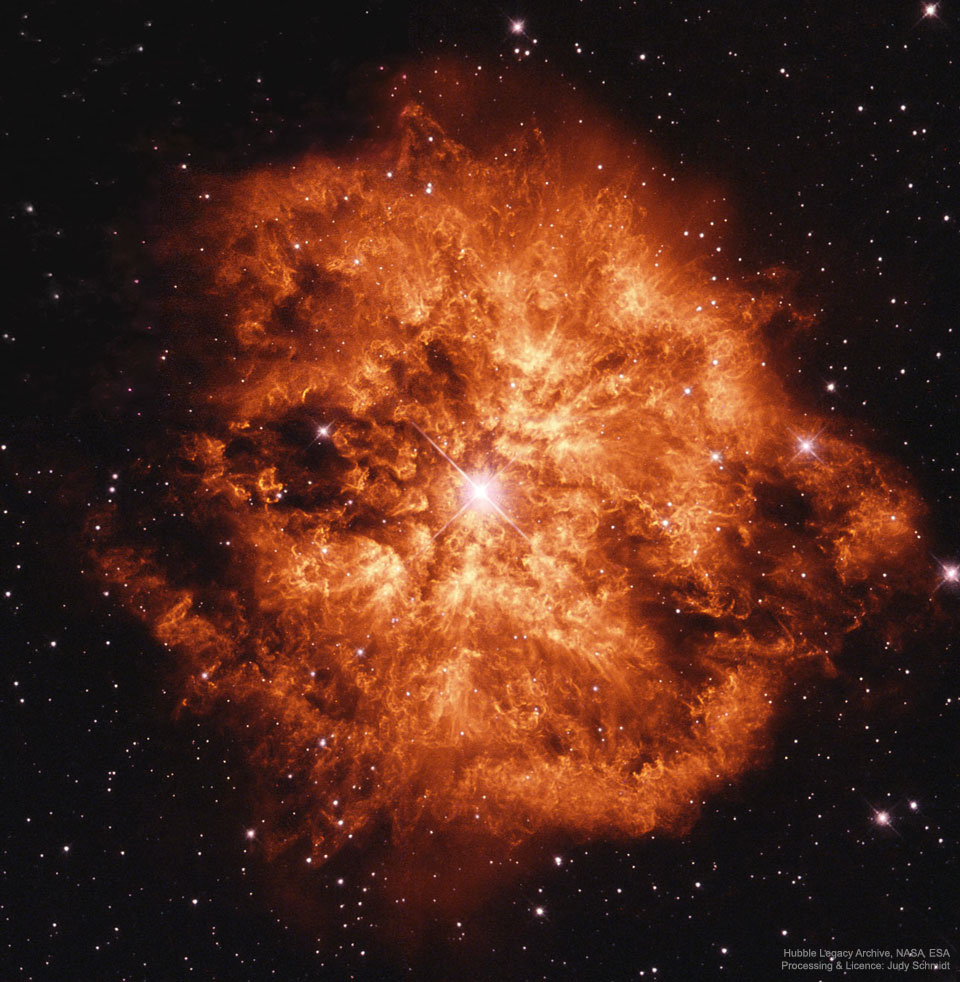Blog
Natalie Maria Cole (February 6, 1950 – December 31, 2015 LA,CA) was an American singer, songwriter, and actress. She was the daughter of singer and jazz pianist Nat King Cole. She rose to prominence in the mid-1970s, with the release of her debut album Inseparable (1975), along with the song “This Will Be (An Everlasting Love)“, and the album’s title track. Its success led to her receiving the Grammy Award for Best New Artist at the 18th Annual Grammy Awards, for which she became the first African-American recipient as well as the first R&B act to win the award. The singles “Sophisticated Lady” (1976), “I’ve Got Love on My Mind“, and “Our Love” (1977) followed.
After releasing several albums, she departed from her R&B sound and returned as a pop singer on the 1987 album Everlasting, along with her cover of Bruce Springsteen‘s “Pink Cadillac“. In the 1990s, she sang traditional pop by her father, resulting in her biggest success, Unforgettable… with Love, which was certified 7× platinum by the Recording Industry Association of America (RIAA). Unforgettable… with Love won the Grammy Award for Album of the Year, for which Cole became the first African-American woman to win the award.
Throughout her lifetime, Cole received nine Grammy Awards, was nominated for a Primetime Emmy Award, and sold over 30 million records worldwide. She was awarded the Howie Richmond Hitmaker Award from the Songwriters Hall of Fame in 1999, and has been posthumously inducted into the National Rhythm & Blues Hall of Fame (2021), and received a star on the Hollywood Walk of Fame.
more...John Pisano (February 6, 1931 – May 2, 2024) was an American jazz guitarist. John Pisano was born in Staten Island, New York, on February 6, 1931. Pisano worked with Herb Alpert, Billy Bean, Chico Hamilton, Peggy Lee, and Joe Pass. He died in Los Angeles on May 2, 2024, at the age of 93.
more...Some stars explode in slow motion. Rare, massive Wolf-Rayet stars are so tumultuous and hot that they are slowly disintegrating right before our telescopes. Glowing gas globs each typically over 30 times more massive than the Earth are being expelled by violent stellar winds. Wolf-Rayet star WR 124, visible near the featured image center, is thus creating the surrounding nebula known as M1-67, which spans six light years across. Details of why this star has been slowly blowing itself apart over the past 20,000 years remains a topic of research. WR 124 lies 15,000 light-years away towards the constellation of the Arrow (Sagitta). The fate of any given Wolf-Rayet star likely depends on how massive it is, but many are thought to end their lives with spectacular explosions such as supernovas or gamma-ray bursts

Barrett Strong Jr. (February 5, 1941 – January 28, 2023 West Point, MS) was an American singer and songwriter known for his recording of “Money (That’s What I Want)“, which was the first hit single for the Motown record label. He is also known for his songwriting work in association with producer Norman Whitfield; together, they penned such songs as “I Heard It Through the Grapevine“, “War“, “Just My Imagination (Running Away with Me)“, and “Papa Was a Rollin’ Stone“.
In 2004, Strong was inducted into the Songwriters Hall of Fame alongside Whitfield.
more...Ronald Lee Wilson (June 26, 1944 – May 12, 1989 LA, CA) was an American musician and recording artist, best known as an original member and drummer of The Surfaris, an early surf music group of the 1960s. Wilson’s energetic drum solo on “Wipe Out” (a #2 US/#5 UK hit) made it one of the best-known instrumental songs of the period. Wilson died of a brain aneurysm on May 12, 1989, one month short of his 45th birthday.
more...Vincent Peter Colaiuta (born February 5, 1956 Brownsville, PA) is an American drummer known for his technical mastery who has worked as a session musician in many genres. He was inducted into the Modern Drummer Hall of Fame in 1996 and the Classic DrummerHall of Fame in 2014. Colaiuta has won one Grammy Award and has been nominated twice. Since the late 1970s, he has recorded and toured with Frank Zappa, Joni Mitchell, and Sting, among many other appearances in the studio and in concert.
more...Al Kooper (born Alan Peter Kuperschmidt; February 5, 1944 NY) is an American retired songwriter, record producer, and musician. Throughout much of the 1960s and 1970s he was a prolific studio musician, including playing organ on the Bob Dylan song “Like a Rolling Stone“, French horn and piano on the Rolling Stones song “You Can’t Always Get What You Want“, and lead guitar on Rita Coolidge‘s “The Lady’s Not for Sale“. He also joined and named Blood, Sweat & Tears. However, he did not stay with the group long enough to share its popularity. Kooper produced a number of one-off collaboration albums, such as the Super Session album that saw him work separately with guitarists Mike Bloomfield and Stephen Stills. In the 1970s Kooper was a successful manager and producer, recording Lynyrd Skynyrd‘s first three albums. He has had a successful solo career, writing music for film soundtracks, and has lectured in musical composition. Kooper was selected for induction to the Rock and Roll Hall of Fame in 2023.
more...Joe Beard (b. Feb. 4, 1938) is Rochester’s legendary blues guitarist and vocalist. He has many times toured the United States as well as Europe and has sat in with Muddy Waters, B.B. King, and his idol John Lee Hooker. Beard performed at the inauguration gala of President George H.W. Bush. He grew up in Ashland, Mississippi, surrounded by aspiring and veteran blues musicians, singing at an early age and taking to the guitar when he was 17. After settling in Rochester in the mid-1950s he formed the Soul Brothers Six and also befriended famed classic blues guitarist Son House, who was his neighbor in Rochester (and now a fellow inductees in the Rochester Music Hall of Fame). Beard and Son House began playing together, including a concert for students at the University of Rochester in 1968. Beard’s music is rooted in the delta and early urban blues of Memphis, Detroit, and Chicago. Critics and fans say his songs have a storytelling quality about them. Beard has recorded several acclaimed blue albums, including the critically acclaimed “Blues Union” with musician Ronnie Earl in 1996, which won Offbeat Magazine‘s Blues Album of the Year award.
more...A supernova and its host galaxy are the subject of today’s NASA/ESA Hubble Space Telescope Picture of the Week. The galaxy in question is LEDA 132905, which is situated in the constellation Sculptor. Even at over 400 million light-years away, LEDA 132905’s spiral structure is faintly visible, as are patches of bright blue stars.
The bright white dot directly in the centre of the image, between the bright centre of the galaxy and its faint left edge, is a supernova named SN 2022abvt. SN 2022abvt was discovered in late 2022, and Hubble observed the explosion about two months later. This image was constructed from data collected to study Type Ia supernovae, which occur when the exposed core of a dead star ignites in a sudden, destructive burst of nuclear fusion. Researchers are interested in this type of supernova because they can be used to measure precise distances to other galaxies.
The Universe is a big place, and supernova explosions are fleeting. How is it possible to be in the right place at the right time to catch a supernova when it happens? Today, most supernovae are discovered by robotic telescopes that continuously scan the night sky. But some are still found the old-fashioned way, by careful observers who take repeated images of the sky and search for changes. SN 2022abvt was spotted by the Asteroid Terrestrial-impact Last Alert System, or ATLAS. As the name suggests, ATLAS was designed to track down the faint, fast-moving signals from asteroids close to Earth. In addition to searching out asteroids, ATLAS also keeps tabs on objects that brighten or fade suddenly, like supernovae, variable stars and galactic centres powered by hungry black holes.
[Image Description: In the exact centre a supernova is seen as a small but bright blue dot. It lies atop a spiral galaxy, close to the glowing centre and next to some bright patches of blue stars in the galaxy. A small number of more minor galaxies are visible around the comparatively large spiral as small glowing discs, while further distant galaxies are seen as mere orangish spots and smudges, all on a black background.]

John Steel (born 4 February 1941) is an English musician who is the long-serving drummer for the Animals. Having served as the band’s drummer at its inception in 1963, he is the only original band member playing in the current incarnation of the Animals. He was inducted with the band into the Rock and Roll Hall of Fame in 1994.
more...John Stubblefield (February 4, 1945 – July 4, 2005 Little Rock, AK) was an American jazz saxophonist, flautist, and oboist.
more...Harold Andrew “Duke” Dejan (February 4, 1909 – July 5, 2002) was an American jazzalto saxophonist and bandleader in New Orleans. Dejan is best remembered as leader of the Olympia Brass Band during the 1960s and 1970s, when it was considered the top band in the city.
more...Jutta Hipp (February 4, 1925 – April 7, 2003) was a jazz pianist and composer. Born in Leipzig during the Weimar Republic, Hipp initially listened to jazz in secret, as it was not approved of by the Nazi authorities. After World War II, she became a refugee, often lacking food and other necessities. By the early 1950s, she was a touring pianist and soon led her own bands. Critic Leonard Feather heard Hipp perform in Germany in 1954, recorded her, and organized her move to the United States the following year. Club and festival appearances soon followed, as did album releases.
For reasons that are unclear, Hipp’s last recording was in 1956. She started working in a clothing factory, and ultimately cut herself off from the music world. She remained in the United States, and worked for the clothing company for 35 years.
more...More Posts
- John Stubblefield
- Jutta Hipp
- World Music Rakesh Chaurasia
- Daily Roots Jah Blast and The Shades
- RENT The Musical Opening Night 2-3-23
- Cosmos IC 405
- John Handy
- Johnny Guitar Watson
- Lil Hardin Armstrong
- Felix Mendelssohn
- Flamenco Fridays Antonio Reyes, Diego Amaya y Nono Reyes
- Daily Roots Twinkles Brothers
- Happy Groundhog Day 2023
- Cosmos NGC 1975
- Graham Nash
- Stan Getz
- Sonny Stitt
- World Music Cimarrón
- Daily Roots Enchanters
- Greensboro Four Warriors Anniversary 2023

